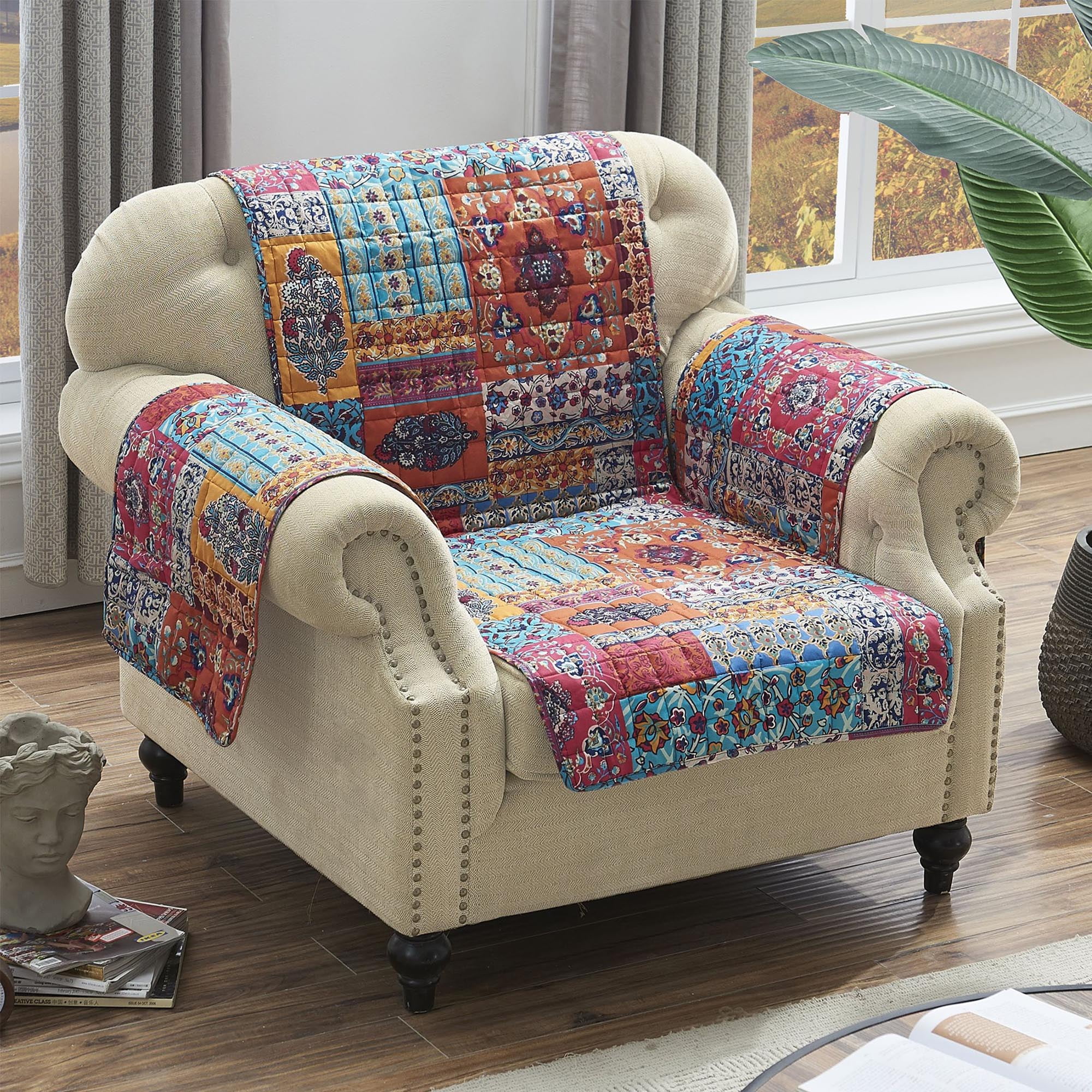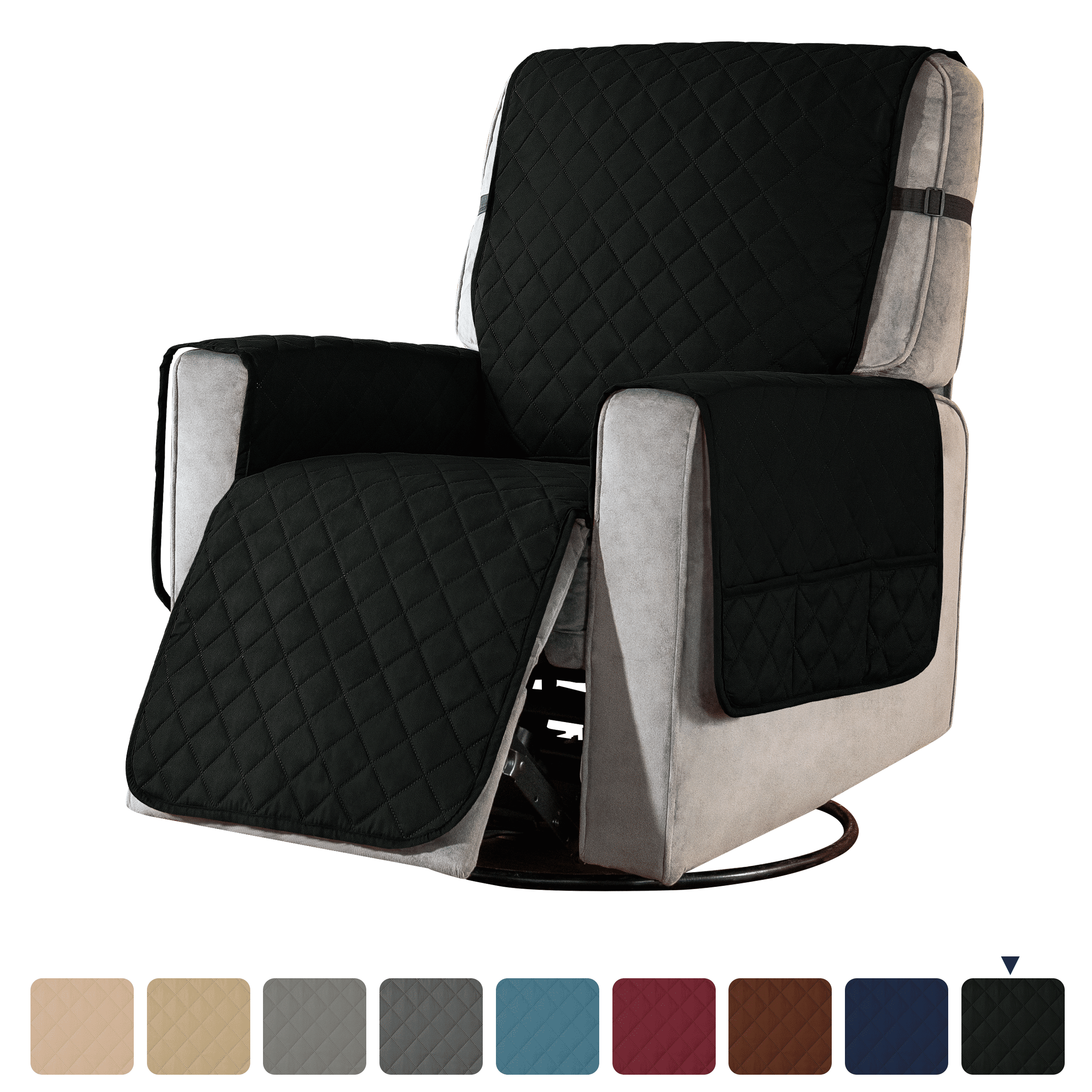Types of Plastic Chair Protectors

Plastic chair protectors are essential for safeguarding your floors and furniture from scratches, dents, and wear and tear. They are available in various materials, each offering unique benefits and drawbacks. Understanding these differences can help you choose the best option for your needs.
Materials Used for Plastic Chair Protectors
The materials used for plastic chair protectors influence their durability, flexibility, and aesthetics. Common materials include PVC, PU, and silicone.
- PVC (Polyvinyl Chloride): PVC is a durable and inexpensive material known for its resistance to abrasion and chemicals. It is often used for chair leg caps and chair feet pads. PVC protectors are generally rigid, providing excellent protection against scratches. However, they can be prone to cracking or breaking under extreme pressure.
- PU (Polyurethane): PU is a flexible and durable material that offers a good balance of protection and comfort. It is often used for chair mats and chair leg caps. PU protectors are more flexible than PVC protectors, making them less likely to crack or break. They also provide better cushioning and noise reduction. However, PU protectors may not be as resistant to chemicals or abrasion as PVC protectors.
- Silicone: Silicone is a soft and flexible material that is known for its excellent grip and resistance to heat and chemicals. It is often used for chair feet pads and chair leg caps. Silicone protectors are very flexible and can conform to different surfaces. They are also highly durable and resistant to tearing or ripping. However, silicone protectors can be more expensive than PVC or PU protectors.
Styles of Plastic Chair Protectors
Plastic chair protectors come in various styles, each designed to address specific needs. Some common styles include chair leg caps, chair feet pads, and chair mats.
- Chair Leg Caps: Chair leg caps are small, protective covers that fit over the ends of chair legs. They are typically made from PVC, PU, or silicone and come in a variety of shapes and sizes. Chair leg caps are designed to prevent scratches and dents on floors and furniture.
- Chair Feet Pads: Chair feet pads are adhesive pads that attach to the bottom of chair legs. They are typically made from PVC, PU, or silicone and are designed to reduce noise and prevent scratches on floors. Chair feet pads are often used on chairs with metal or plastic legs.
- Chair Mats: Chair mats are large, protective mats that are placed under chairs to protect floors from scratches, dents, and wear and tear. They are typically made from PVC or PU and are available in a variety of shapes and sizes. Chair mats are ideal for high-traffic areas or areas with delicate flooring.
Table of Plastic Chair Protectors, Dining chair plastic protector
The following table summarizes the different types of plastic chair protectors, their materials, and their features:
| Type | Material | Features |
|---|---|---|
| Chair Leg Caps | PVC, PU, Silicone | Durable, resistant to abrasion, available in various shapes and sizes |
| Chair Feet Pads | PVC, PU, Silicone | Adhesive, reduce noise, prevent scratches, flexible |
| Chair Mats | PVC, PU | Large, protect floors from scratches, dents, and wear and tear, available in various shapes and sizes |
Benefits of Using Plastic Chair Protectors

Plastic chair protectors offer a simple yet effective solution to safeguard your floors from the wear and tear caused by chairs. These protectors are designed to minimize scratches, dents, and scuffs, preserving the beauty and longevity of your flooring.
Protection Against Scratches, Dents, and Scuffs
Chair protectors create a barrier between the chair legs and the floor, preventing direct contact that can lead to scratches, dents, and scuffs. This is especially important for floors made of materials like hardwood, laminate, and tile, which are prone to damage from chair legs.
Benefits for Different Floor Types
- Hardwood Floors: Plastic chair protectors are essential for hardwood floors, as they can prevent scratches and dents that can significantly reduce the value of your home. The smooth surface of the protectors also helps to prevent the accumulation of dirt and grime, keeping your floors looking clean and polished.
- Laminate Floors: Similar to hardwood floors, laminate floors can be susceptible to scratches and dents from chair legs. Chair protectors provide a protective layer, extending the lifespan of your laminate flooring.
- Tile Floors: While tile floors are generally more resistant to scratches than hardwood or laminate, chair protectors can still help to prevent damage to the grout lines and the tile itself. The protectors also help to reduce noise from chairs scraping on the tile.
- Carpet Floors: While carpet is more forgiving than hard floors, chair protectors can still be beneficial for carpets. They can help to prevent the chair legs from creating indentations in the carpet fibers, especially in areas with heavy foot traffic.
Noise Reduction
Plastic chair protectors significantly reduce the noise generated by chairs scraping on floors. This is particularly noticeable on hard floors like tile and hardwood, where the sound of chair legs dragging can be quite disruptive. The protectors act as a sound buffer, creating a more peaceful and comfortable environment.
Situations Where Chair Protectors Are Especially Beneficial
- High-Traffic Areas: In areas with high foot traffic, such as dining rooms, offices, and waiting areas, chair protectors are essential. These areas experience frequent chair movement, increasing the risk of floor damage. Chair protectors provide a protective barrier, minimizing the wear and tear on the floor.
- Heavy Furniture: Furniture with heavy legs can exert significant pressure on floors, increasing the risk of dents and scratches. Using chair protectors under heavy furniture can help to distribute the weight evenly, preventing damage to the floor surface.
Choosing the Right Plastic Chair Protectors: Dining Chair Plastic Protector

Selecting the right plastic chair protectors is crucial for ensuring optimal protection for your chairs and floors. Factors such as chair leg dimensions, floor type, and personal preferences play a significant role in choosing the most suitable protectors.
Determining the Appropriate Size and Shape
The size and shape of the chair protectors are critical for effective protection. They should be large enough to cover the chair legs completely, preventing them from scratching or damaging the floor.
- Measure the diameter or width of the chair legs: This will help determine the appropriate size of the protectors.
- Consider the shape of the chair legs: Round, square, or rectangular chair legs require different shapes of protectors. Choose protectors that match the shape of the chair legs for a snug fit.
- Take into account the height of the chair legs: Ensure the protectors are tall enough to cover the entire leg, providing adequate protection.
Choosing the Right Color and Style
The color and style of the chair protectors should complement your existing décor.
- Consider the color of your floors: Choose protectors that blend in with the floor color or contrast subtly for a more noticeable look.
- Match the style of your furniture: If your chairs have a modern design, choose sleek and minimalist protectors. For traditional furniture, consider classic or ornate designs.
- Explore different finishes: Some protectors come in transparent, frosted, or colored finishes. Choose a finish that best suits your preferences and the overall aesthetic of your space.
Installation and Maintenance
Proper installation and maintenance ensure optimal performance and longevity of the chair protectors.
- Clean the chair legs and floor surface: Before installing the protectors, wipe down the chair legs and floor surface to remove any dirt or debris. This will help the protectors adhere better and prevent scratches.
- Adhere the protectors securely: Most protectors come with adhesive backing. Apply them firmly to the chair legs, ensuring they are centered and securely attached.
- Regularly inspect and clean the protectors: Check for any signs of wear and tear or dirt buildup. Clean them periodically with a damp cloth and mild detergent.
Checklist for Buyers
Before purchasing plastic chair protectors, consider the following:
- Chair leg dimensions: Measure the diameter or width of your chair legs.
- Floor type: Determine if your floor is hardwood, tile, laminate, or carpet.
- Color and style: Choose protectors that complement your existing décor.
- Material and quality: Look for durable and high-quality protectors that will withstand regular use.
- Installation and maintenance: Consider the ease of installation and the required maintenance.
- Budget: Set a budget for your purchase and explore options that fit your financial constraints.
Dining chair plastic protectors are a simple yet effective way to safeguard your furniture from everyday wear and tear. When choosing the right protectors, it’s important to consider the style and material of your chairs, which is where researching dining chair company UK websites can be helpful.
These sites often showcase the materials used in their chairs, providing valuable insight into which protectors will be most suitable for your specific needs.
Dining chair plastic protectors are a great way to protect your furniture from scratches and spills, especially if you have young children or pets. But for those with more discerning tastes, the Calligaris Latina dining chair might be a better option.
This elegant chair, known for its sleek design and high-quality materials, may benefit from the extra protection offered by chair protectors, especially in high-traffic areas. Whether you choose a traditional chair or a stylish statement piece, a little extra care can go a long way in keeping your dining furniture looking its best.
